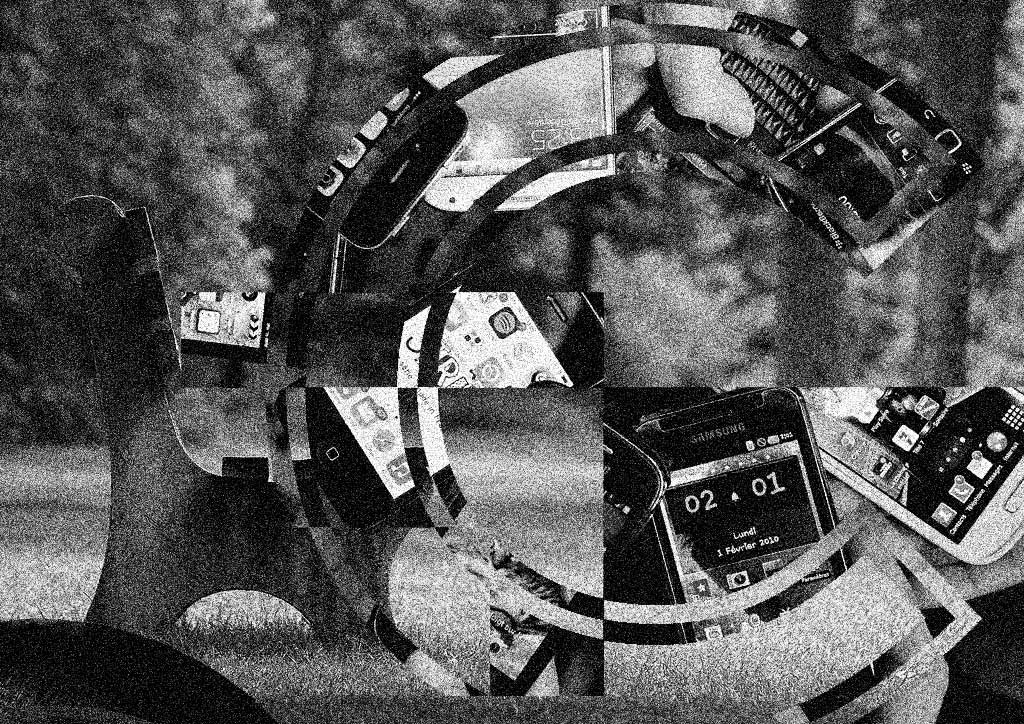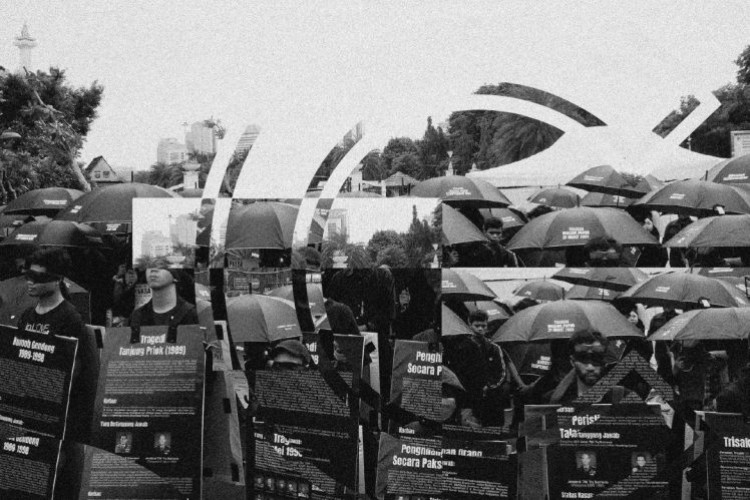
It’s rather casual now that we are reminded to “put down your phone” and “talk to my face, please” as we get the opportunity to remind them too. When we discuss about our intertwined online habits, the recurring idea leads us to missing the chance of having to actually live in the physical world. We have grown our habits to live online, but have we become so addicted that we have forgotten to live?
On April 2014, a viral video constantly appeared on my Facebook news feed entitled ‘Look Up’. As I was sitting in the college library, distracted while writing a take-home exam, my eyes were pinned watching and listening to every word in this short film.
As much as I agree to what Gary Turk delivered in his spoken-word poem and to encourage us to turn off our phones, close our laptops, and leave our communication devices behind, I did what most viewers of this video do immediately: Ironically, I shared the video to my social media feeds, advising my friends and followers to “… take a break” from being online. Because, what better way to express, “You all have GOT to see this!” than sharing it online?
The majority of us did not do as Turk persuaded us about our Internet addiction. As it is now considered an issue, we are now observed within the phenomenon of Digital Detox. In its definition, digital detox is a period of time when individuals disconnect from their daily use of digital devices from mobile phones, computers, to tablets, in order to focus on social interaction in the physical world. This phenomenon is widely acknowledged, as studies have been conducted and possible solutions are offered to unplug ourselves from online activity – there’s even a summer camp in California for digital detoxing.
Last February, I stumbled upon Kopernik, an NGO based in Ubud, Bali, and its fundraising campaign entitled ‘Digital Detox’, welcoming contributors to join the fundraising by disconnecting from online communication in the spirit of the Balinese Hindu New Year, Nyepi – The Day of Silence. In its invitation video, it states that 67% of mobile phone users tend to check their phones when it doesn’t acquire immediate attention. In her article from The Telegraph about digital detox, Julia Llewellyn Smith writes that, “The average person checks their phone every six and a half minutes – 200 times a day.” Statistics have proven their point — if you’re reading this in a public space, I can guarantee you that you’re not the only one caught up in a technology device.
As a Hindu myself, I celebrate this day of self-reflection and meditation every year, yet, the fundraising idea caught me to questioning the relation of Nyepi and digital detoxing.
In the upbringing of my religion, my parents brought me up in starting the Çaka New Year by cleansing ourselves with Nyepi Rituals of Amati Geni (no fire, light, or electricity), Amati Karya (not doing any work), Amati Lelungaan (no travelling), and Amati Lelanguan (no festivity). From sunrise on the day until sunrise on the following day, these rituals are to commemorate the new days with forgiveness. It’s really a lovely way to start the year by staying at home and doing, practically, nothing. Although I’ve spent most of Nyepi celebrations abroad, I anticipate the day as an annual mark of togetherness, especially when I am in the presence of my family. Before coming across the digital detox term, I have never considered that Nyepi can also be interpreted as a day of detoxing from daily activities, including online communication.
Gary Turk may have turned off his phone when he walked out from his house, and yet, like after concluding a detox, we will go back online. On the following Monday morning after I have done my Digital Detox weekend as part of the Kopernik campaign, I was immediately back to my regular online habits, catching up on what my friends and relatives did over the weekend. I instantly realised how much information I was taking in within a couple of hours that I felt my brain starting to fry up. Do we consume this much information hourly, in between our daily activities, slipped in our multi-tasking motions?
In his reflection, entrepreneur Jeremy Vandehey puts forward the difficulty to shut ourselves down from our online interaction as, “We live in an uber-convenient time where ride-sharing, same-day delivery, and instant gratification are the norm.” Technology devices have advanced our lives conveniently through time. In its easy access within a click or a swipe, we have taken living for granted.
Digital Detox has its own persuasion for us to go offline, to reconnect with our physical surrounding, to take a break from the compact world in the palm of a hand. I am not merely saying that we all should dive into digital detox now, or to shut down your devices as soon as you finished reading this, or even to try Nyepi by sunrise. It is the encountered realisation and reasoning that consider a phenomenon like digital detox that should not be taken so lightly.
As much as the comfort and convenience of the Internet and digital devices have given us, we ought to remind ourselves that these are extension tools of communication. There is a precious advantage that we hold in being able to interact directly in physical real-time.
Start with not having your mobile phone on the dining table when meeting a friend after work, or thinking of which angle to take a photograph of the served food to look instagramilicious. Immerse yourself in conversation, in catch-ups, in laughter. Invite those with you to be included and not to be distracted in their own devices when it’s not relevant to. Reconnect yourself with the idea of what communication has been all about, and when there’s barely any distance and time that needs to be compressed by devices and Internet, engage yourself in connecting with people, and with life.



